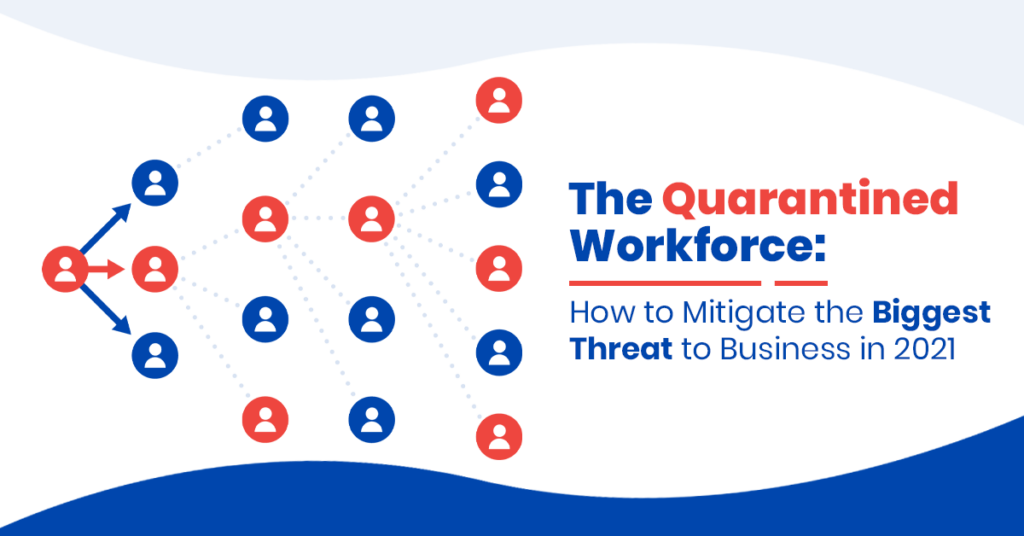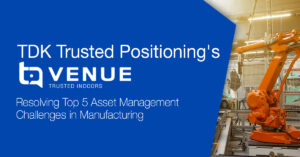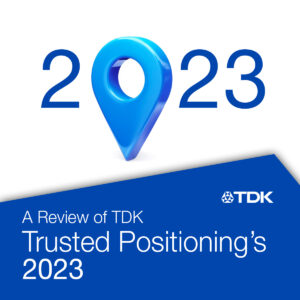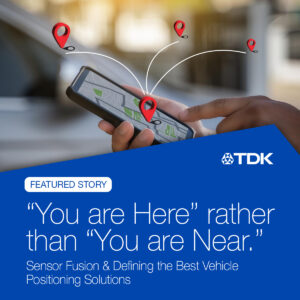Hundreds of millions of people have experienced quarantine and work disruption over the past year, and the rapid spread of the coronavirus is overwhelming the capacity of public health agencies to conduct traditional contact tracing. Without accurate contact tracing, it can be difficult for employers to identify possible close contacts. Employers may under or over-estimate the exposure to other employees resulting in unnecessary exposure to others or unnecessary quarantines. What is the impact on business? Staffing shortages, operation supply constraints and stifled growth.
Traditionally, public health officials have conducted interviews with infected persons to identify potential close contacts, and based on the infected person’s recollection, contacts are notified and advised to quarantine. This approach was successful in past epidemics, such as SARS and Ebola, in reducing the transmission rate of infection; however, due to the coronavirus’ shortened serial interval (defined as when one infected person starts to show symptoms to when the next person infected becomes symptomatic), the limitations of traditional contact tracing has become apparent. With an increased number of people becoming infected, manual contract tracing has become an onerous process riddled with recall errors and difficult contact identification in public spaces.
Digital contact tracing tackles the limitations of the traditional by offering a scalable system with timely notifications that allows for contact identification in public spaces that is resistant to human error. According to Robert Kleinman and Colin Merkel (CMAJ 2020), “Several countries, including South Korea and China, have adopted involuntary data collection systems, such as use of security camera footage, financial transactions and cell phone location data. However, lack of participant consent in such systems and infringements on individual privacy make them less likely to be accepted in North America and Europe.”
Other governments have adopted voluntary opt-in app-based contact tracing; however, many of these contact-tracing apps are Bluetooth-based and rely on measuring signal strength between contacts to identify contacts. Bluetooth-based contact tracing relies on “line-of-sight” between devices, meaning that other people or objects can obstruct the “line-of-sight” resulting in missed or wrongly identified contacts. These apps have also faced limitations as they are dependent on adoption, limited by restrictions on iOS-based devices, battery-drain on user’s phones, and introduces privacy concerns when populations are subjected to constant and widespread monitoring. To allow greater reach across the general population, Apple and Google have created a framework that decentralizes the data structure to protect user privacy.
Another approach being used in China is barcoding. Quick Response (QR) codes are placed in public spaces and users scan these codes to log their visited locations. Although effective in China, where QR codes are widely used for mobile payments, this approach is infrastructure heavy and prone to human forgetfulness and inconsistency.
How can we avoid unnecessary quarantines in the workforce without posing additional transmission risk? A marriage of both traditional and digital contact tracing within subpopulations that have a high proportion of users, such as public transit, grocery stores, business, schools, etc. is needed.
THE SOLUTION: INDOOR LOCATION INFORMATION SYSTEMS
The Trusted Positioning team has been working on an Indoor Location Information System called VENUE for large indoor venues that mitigates the problems of Bluetooth-based apps, QR codes and the traditional contact tracing processes. VENUE is designed as the optimal solution for indoor private venues, such as offices, factories, warehouses, construction sites and hospitals.
ADVANTAGES OF VENUE
Indoor Positioning Accuracy Sufficient for Contact Tracing: A close contact is defined by the Centers for Disease Control and Prevention (CDC) as someone who was within 2 meters of an infected person for at least 15 minutes within a 24-hour period starting from 2 days before illness onset until the time the patient is isolated. Given these parameters, a positioning technology that monitors the distance and time contacts spent within proximity would more accurately define employees exposed. VENUE provides accuracy better than two meters, which allows businesses to run analytics based on these parameters and can produce a list of primary and secondary contacts if an employee becomes infected. This level of accuracy cannot be achieved indoors from Bluetooth (typical accuracy of 3 to 10m) without the installation of additional infrastructure, nor can it be achieved through QR codes.
Reduction of False Positive Contacts: VENUE creates a geomagnetic map of the indoor space using only an indoor layout map and a smartphone-based survey. The identification of walls and furniture allows VENUE to accurately distinguish whether an employee was within 2 meters and exposed to the virus or within 2 meters but protected by a barrier, such as a wall. Not only is this solution infrastructure-free (no beacons or repeaters needed), but it also reduces the number of false positive contacts that could be detected by other technologies by leveraging the known indoor map structure.

User Acknowledgement of Location Tracking within Building: Employees install VENUE on their smartphones and keep them on their person in the office or building. Apple mandates that all applications that track location must alert users; therefore, every time employees enter the building, they are notified on their phone. Employee data is also given anonymous identification information; therefore privacy is not a concern.
Primary/Secondary and Area-Based Contact Tracing: VENUE not only provides primary and secondary contact tracing, it also provides area-based contact tracing. This identifies areas where the infected person had been and where others could have been infected.
The following shows an employee’s movement through an office and duration of stay in different areas is visualized by a heat map.

A heat map of contacts can also be created to indicate where the majority of exposures occur.
An analysis of these heat maps can show if there are areas in a building that are greater risk to their employees (ie. lunchrooms, elevators, etc.) so that employers can take proper precautions to protect their staff from exposure.
VENUE provides high accuracy indoor positioning while balancing performance and cost for large venues by using a combination of technologies – including geomagnetic positioning, inertial navigation and other wireless signals of opportunity. Let us show you how it works.
For more information, visit www.trustedpositioning.tdk.com



